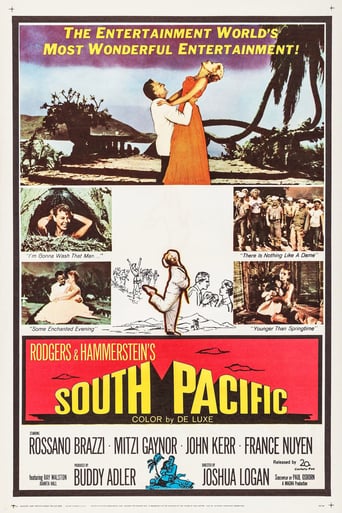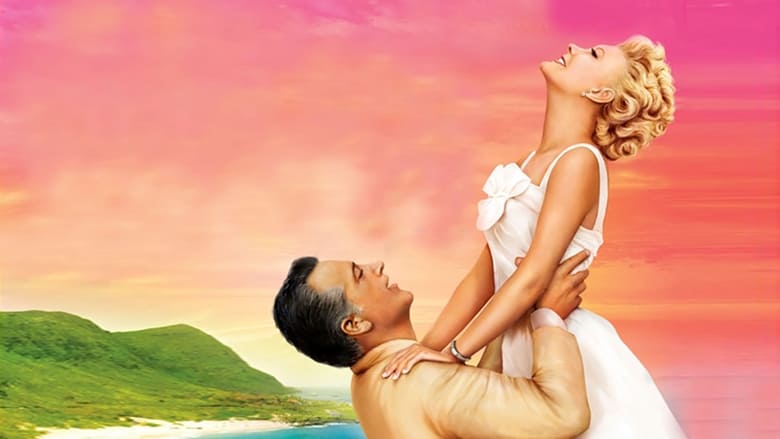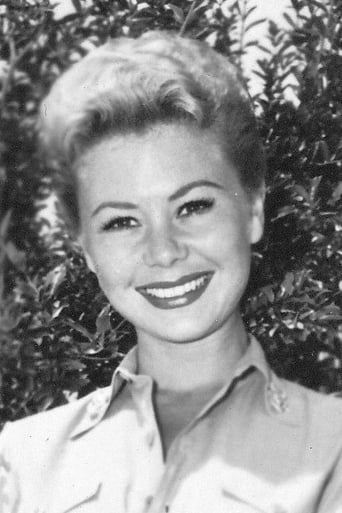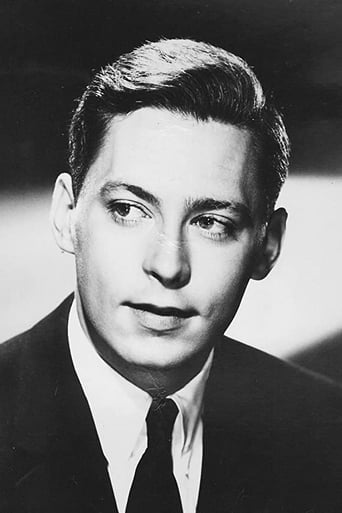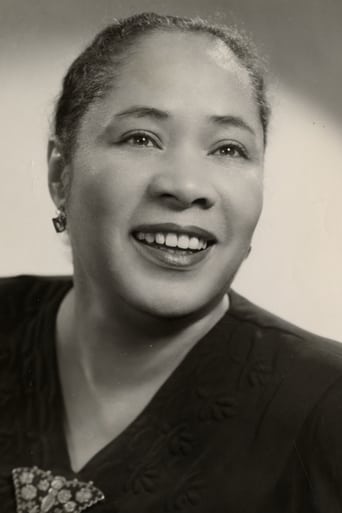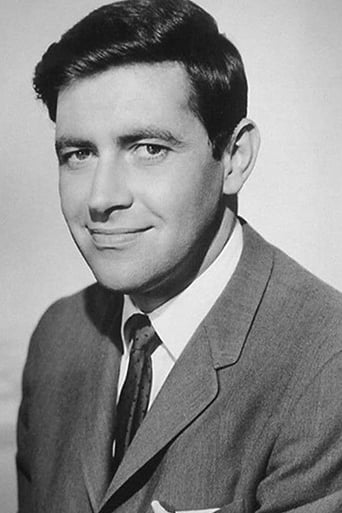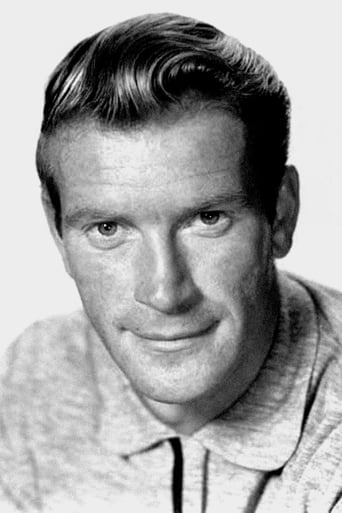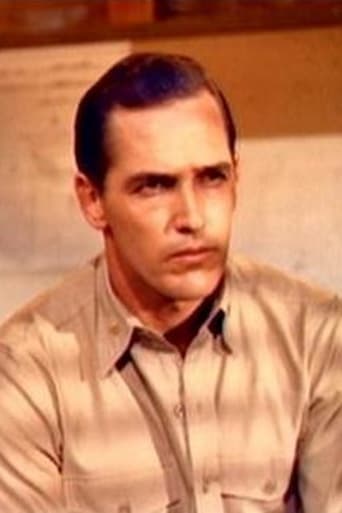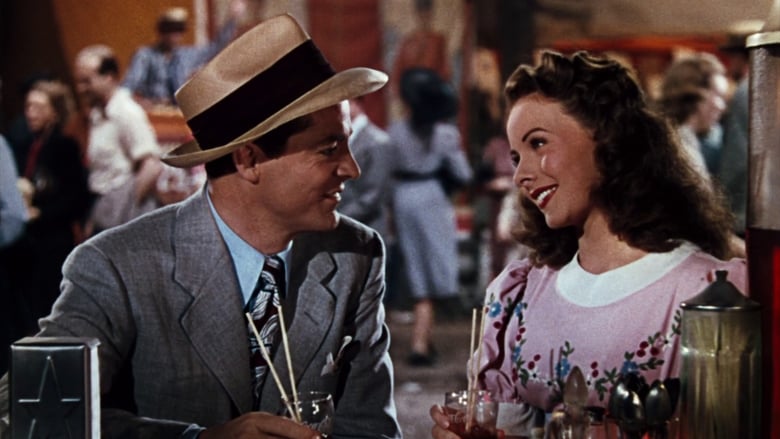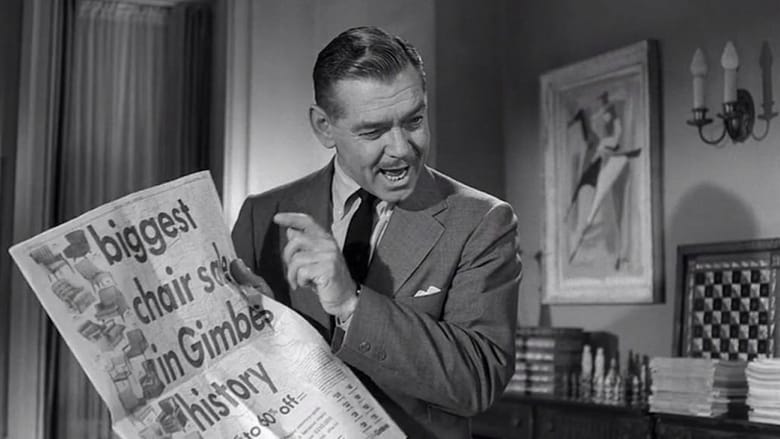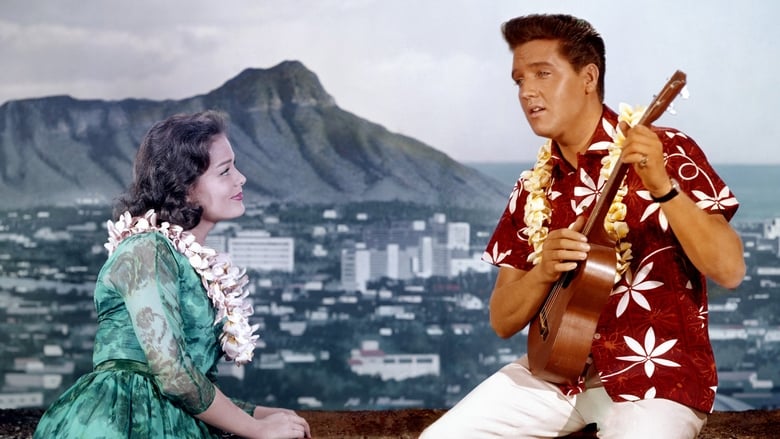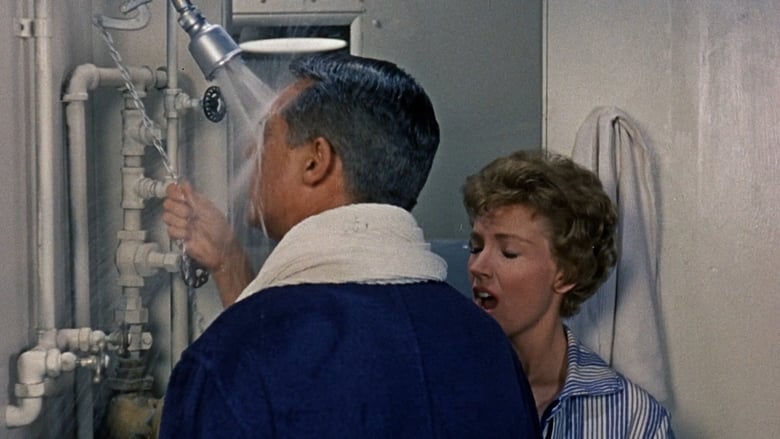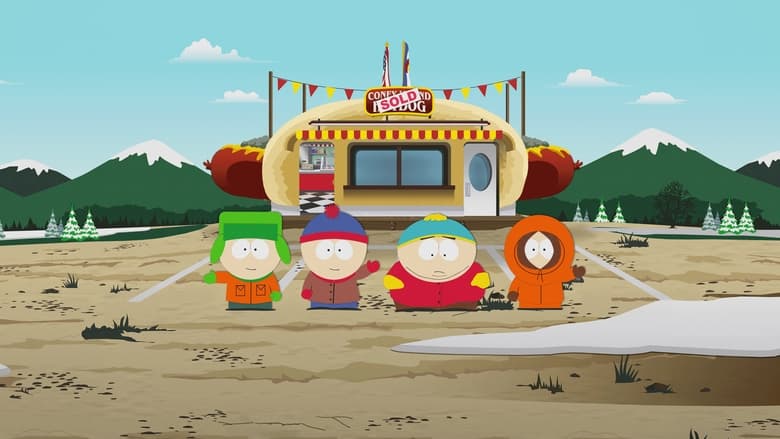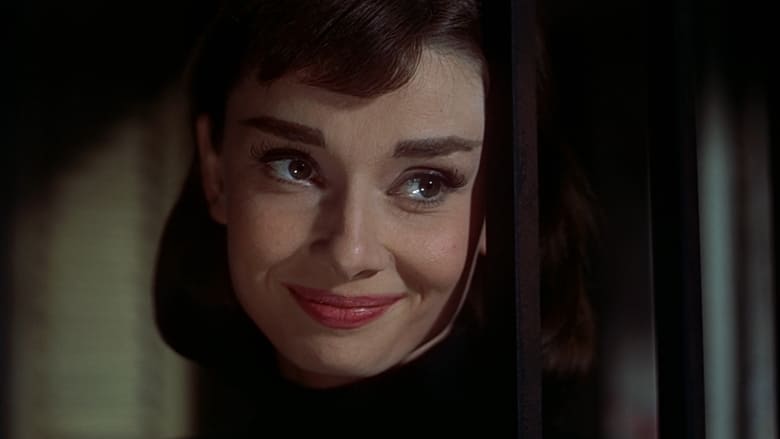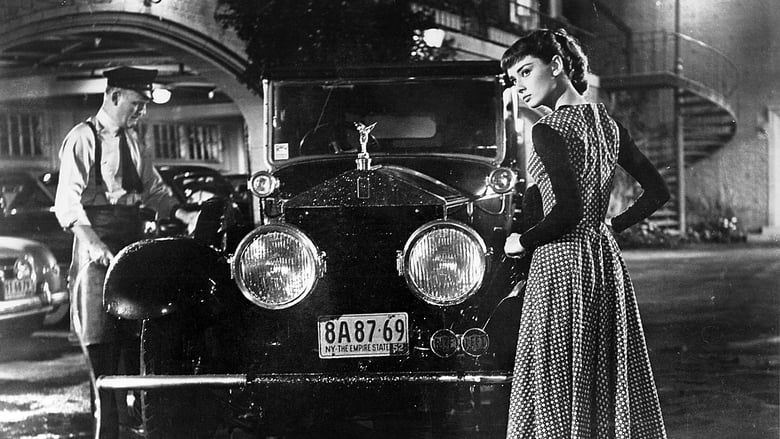Can a girl from Little Rock find happiness with a mature French planter she got to know one enchanted evening away from the military hospital where she is a nurse? Or should she just wash that man out of her hair? Bloody Mary is the philosopher of the island and it's hard to believe she could be the mother of Liat who has captured the heart of Lt. Joseph Cable USMC. While waiting for action in the war in the South Pacific, sailors and nurses put on a musical comedy show. The war gets closer and the saga of Nellie Forbush and Emile de Becque becomes serious drama.


Similar titles
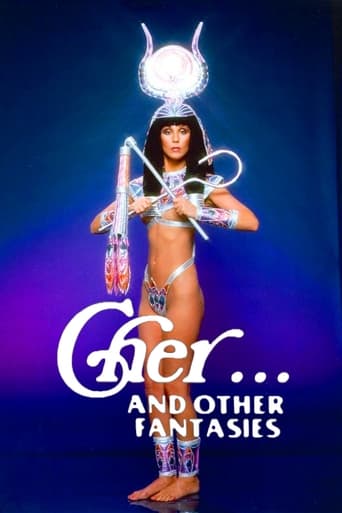
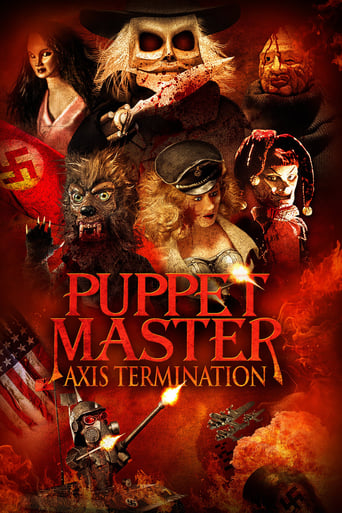
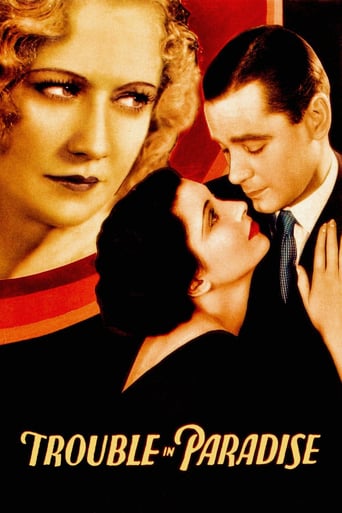
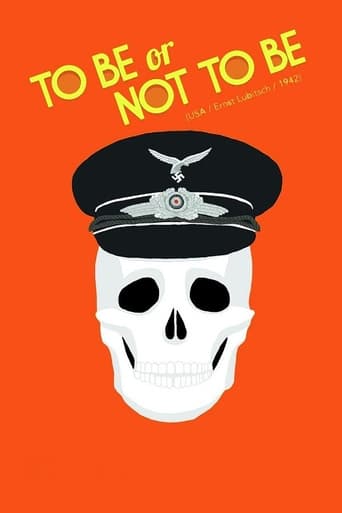
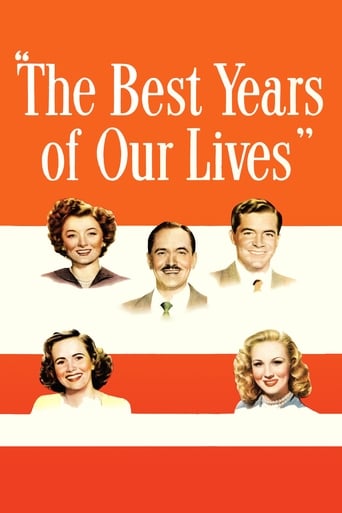
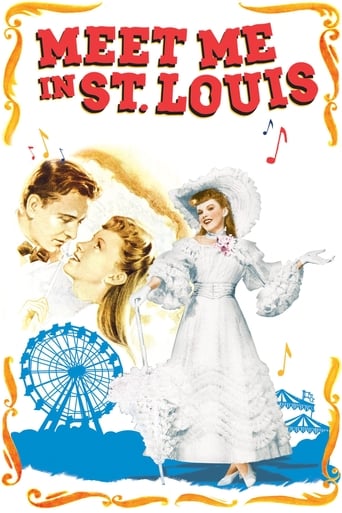

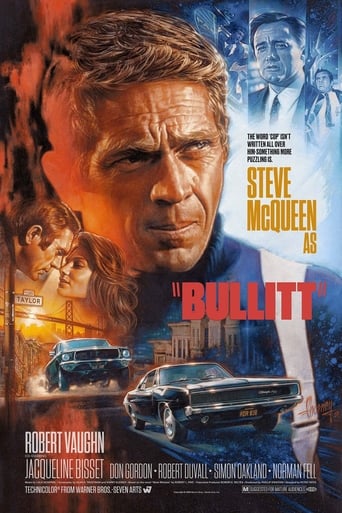
Reviews
Yes, Mitzala was trained to do it all like Dodo Day--sing, act, dance. However, poor Mitzi was always the second banana even when she was the first banana. She did a very (and I praise her for this) honest interview in the 70s explaining that she felt she never discovered her real persona or self in films and was never a very good film actress. She's correct. It's nothing to be ashamed of as she entertains well enough to pass just not well enough to be memorable. For decades I mistook her for Vera Ellen and a host of other dancer type actresses from same era who were also unmemorable. Her voice is high school audition style--on pitch but weak and unsophisticated. It doesn't speak from the soul; it is merely adequate to get an audition. Her dancing is terrific but her roles never quite gave her the chance to show it off much. She was the girl you went on a blind date with while you fantasized of Doris Day. She knew her lines and showed up. However, in terms of making a film like this wonderful, she and the miscasting of many others here were the cause of it being just above average. The best performances are by the character actors/sailors like Ray Walston. Sad waste of money and talent. Mitz proved herself in Vegas and live stage which was her niche.
Two love stories, each involving an American and a non-American, occurring in some unnamed small island grouping in the SW Pacific, near Japanese-held Solomon Islands, in WWII, form the 'heart' of this R&H musical. The two love affairs are based on two different stories from James Michener's "Tales of the South Pacific". Some other aspects of the screenplay are derived from some other 'tales'. Near the end, looks like both these romances will fizzle because of indirect racial prejudice. Specifically American navy nurse Nellie(Mitzi Gaynor) discovers that her beau : middle-aged wealthy French expatriate Emile, has two children from a deceased Polynesian wife, which she cannot emotionally accept. Meanwhile, Lt. Cable, after an erotic whirlwind romance with young Tonkinese(Vietnamese)Liat, whose mother(Bloody Mary) was brought to this island by French colonialists, implies he can't marry her because she wouldn't be accepted by his upper crust family and friends , back in the US. The film ending suggests that Nellie eventually overcame her emotional prejudice sufficiently to marry Emile, who unexpectedly arrives back from a dangerous war mission he barely survived. After, initially rejecting taking part in this mission, because he was sure he would die, he signed up after Nellie told him she decided not to marry him. Lt. Cable decided he would remain in this area after the war, implying that he now felt he could marry Liat. However, he never got the chance, as he was killed on this mission. Thus, this secondary romance, as in the case of the secondary romance in the subsequent "The King and I", has a tragic ending, with the fate of the girl undetermined. Actually, in Michener's story, Emile had 8 children, all illegitimate, from several mothers: some Asian , other Polynesian or perhaps Melanesian. It is the latter than Nellie cannot accept, initially.The racial and location aspects are rather disjointed and confusing. We have light-skinned mulatto Juanita Hall playing a Vietnamese. Her daughter, Liat, is played by part Vietnamese France Nuyen. The people, dances and costumes at the Bali Ha'i festival suggest a mix of Polynesians and Melanesians present : an unlikely mix. Probably , the location is meant to be in the (then) New Hebrides, to the south of the Solomon Islands, where the nearby Japanese are. The New Hebrides were a joint protectorate of France and the UK, with the natives nearly all Melanesians. Michener met an old lady there, called Bloody Mary, who was imported by the French from Vietnam, to work the plantations there. This is the origin of the character in the film. Contrary to the general assumption that Bali Ha'i was named after the Bali in Indonesia, it was actually named after a family pig that Michener happened across in his tour of the South Pacific!Emile explains that he was motivated to emigrate from France to this isolated island group after a brawl with the village bully, in which the bully died accidentally. He was generally considered a hero, but not by the judicial system. Thus, he hopped a freighter and eventually landed here. During this screenplay, he becomes a much greater hero by guiding the mission to spy on the Japanese in the Solomons.Nearly all the featured singing was dubbed, except for Mitzi Gaynor's several songs. Even true for Juanita Hall, who actually sang her parts in the stage version. The other leads were replaced from the Broadway version. Ezio Pinza, as Emile, had since died, and Mary Martin, as Nellie, was consider too old, especially since there is some discussion on the pros and cons of marrying an older man. Her mother favored it, but Lt. Cable didn't. Thus, after "The Cock-eyed Optimist" is seduced, as Emile sings "Some Enchanting Evening", she has a moment of doubt, expressed as "I'm Gonna Wash That Man Right Out of My Hair", as she is washing her hair, followed by a quickly reconsidered "I'm in Love With a Wonderful Guy", when Emile appears : my favorite of her musical performances. The extensive lyrics of the first major song "There is Nothing Like a Dame" I found clever, as expressed by several SeaBees. But, the most memorable song for me is the haunting "Bali Ha'i", which most succinctly expresses the charm and mystery of these islands and their native peoples.After 3 very successful stage productions or films scripted as taking place within the US, and involving only Caucasians in the cast, R&H did 3 very successful plays, followed by film adaptations, scripted as taking place far from the continental US. South Pacific still included a dominating Caucasian American presence among the characters, but included several other ethnic groups. The later "King and I" and "The Sound of Music" lacked any significant American characters. The dominating American military presence, along with the spectacular tropical settings, periodic inclusion of exotic cultures and a variety of memorable songs makes for a memorable film that Americans could easily identify with. However, the periodic extreme use of color filters(red, yellow or blue) I found quite disconcerting. Also, the depiction of the mission to assess the Japanese in the Solomons is quite amateurish and overblown...The romance between Cable and Liat seems forced and all too spontaneous, initially. Obviously, Liat was coached by her mother to immediately fall for Cable, as the most available US naval officer.
The wartime South Pacific depicted here is populated by youthful Americans, the most emotionally sensitive of whom are seduced by Orientalist visions of an exotic paradise. Also dwelling here is a European expatriate, less naive than the Americans but with complex and very personal ties to the place. Locals live here too, of course, but they are viewed, intentionally, through the imperfect lens of foreign observers. The film's style vacillates between that of a mainstream movie musical and that of a more abstract work of cultural criticism; it is entertaining and intellectually satisfying, especially for those who have some familiarity with the subject matter.
*One spoiler in the last paragraph* South Pacific is one of Rodgers and Hammerstein's best. The hit rate with the songs is remarkably high. 'Younger than Springtime' and 'Some Enchanted Evening' have entered many a singer's repertoire, and songs like 'I'm Gonna Wash That Man Right Out Of My Hair' and 'Honey Bun' add some up-tempo fun.Mitzi Gaynor is adorable as Nellie, the young American nurse who falls in love with charming older Frenchman Emile De Becque, played by Rossano Brazzi. Brazzi is old enough to make the age gap noticeable but he is no OAP. He's your typical cultured 'maturer' man, with good looks. Their romance is believable.John Kerr has been unfairly maligned in reviews. Lt. Cable is a secondary character who exists to contrast this secondary romance with the main one. It's your typical pretty man role and Kerr is sufficiently attractive. He also gets one of the best songs to act (although he doesn't sing it as his singing voice is dubbed): 'You've Got To Be Carefully Taught', a song which argues that it is parents (and on a wider scale,a society) who pass on their racism to their children.It's a long film but with the static camera, it's essentially a night in at the theatre. You can make an evening of it- there's even an intermission. The colour filters are clumsily done. They do add a feeling of strangeness and exoticism but they are overused. You do get used to them eventually though.Back in the fifties and before, musicals were quite innocent entertainment. There is a sweet innocence in South Pacific with the relationship between Nellie and Emile but this is still wartime. Both romances would probably never have started if Nellie and Cable weren't on the island and it wasn't wartime. The theme of racism is handled subtly but daringly. Nellie and Cable are not bigots but simply the product of an intolerant society. Luckily the film doesn't sell out and pair Nellie off with Cable, which would be the more conventional romance.
